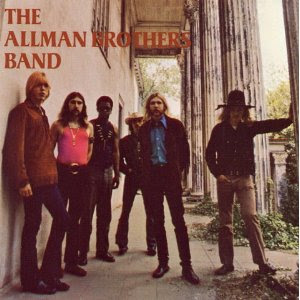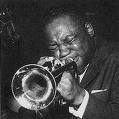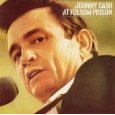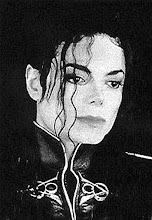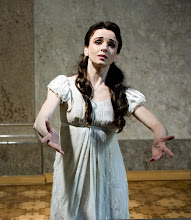I'm here to focus on his work with Deep Purple.
I was fortunate enough to see Jon Lord and Deep Purple perform in 1985, which at the time featured a reunion of the Mark II lineup with Ian Gillan (vocals), Ian Paice (drums), Roger Glover (bass), Ritchie Blackmore (guitar), and Lord (Hammond organ & various keys).
This lineup of the band -- its most famous incarnation presented to the world in 1970 with Deep Purple in Rock -- was making a comeback off Perfect Strangers, arguably the band's strongest post 70s studio effort.
The show I saw in Tacoma, WA for the Perfect Strangers tour was one of the loudest and rowdiest shows I've ever attended. I was 16 at the time, and the little skinny fella getting hammered into a sardine on the general admission floor space amongst a pack of older, bigger Harley Davidson-riding gangsters.
Still, the show was amazing, and Lord's keyboard solo was one of the highlights.
 |
| Lord lighting the stage on fire! |
Nothing like thumbing your nose at a lead guitarist who thinks he's all that!
Like Richard Wright of Pink Floyd, Jon Lord was the mortar that held the bricks of Deep Purple together, although it may not be apparent to a first-time listener with certain Purple tracks; most rock enthusiasts' ears aren't tuned to hear (or expect) the keys as a centerpiece on a rock record. To truly appreciate the Purple sound, and Lord's work, you need to reframe your ears to bring in the wall of sound coming out of Lord's instrument. We'll dig through the band's catalog and highlight some Lord nuggets (more of that in a minute).
 |
| "The greatest honor one can be given is that of 'teacher.'" ~Alex Lifeson |
In my opinion, it was Lord's presence in Deep Purple that makes them stand out from other band's in the day, and made them more dynamic and interesting as a live act. In some instances of songs, Lord was actually heavier than Blackmore's guitar and brings about brainmelters with his sound, with "Hard Lovin' Man" arguably the standout performance of his career. In other instances, his classic training stands out through his delicate decorating of songs such as "Child in Time" and "Woman from Tokyo."
Throughout all of his work, Lord always had a foot dragging behind in the blues, and the influence of the blues on his work is part of what makes the musician's sound so unique in the world of rock.
However, for this Purple fan, I point to "Knockin' at Your Back Door" and "Perfect Strangers" as the best examples of how Lord was the heart of Deep Purple's sound, blending his work on the keys the way the brick layer fills his work in with mortar....plus the Hammond intros to these tunes are just plain cool and slick.
Some Jon Lord moments to check out from the Deep Purple catalog:
- From In Rock (1970): "Child in Time," "Living Wreck," and "Hard Lovin' Man"
- From Fireball (1971): "Fireball"
- From Machine Head (1972): "Highway Star," "Pictures of Home," "Smoke on the Water," and "Lazy"
- From Who Do We Think We Are (1973): "Woman from Tokyo"
- From Perfect Strangers (1984): "Knockin' at Your Back Door," "Perfect Strangers," "Gypsy's Kiss," and "Wasted Sunsets"
R.I.P. Jon Lord. The contributions of this talented and inventive man to the world of rock cannot be emphasized enough. His work is forever etched in stone....err, I mean In Rock, of course!

